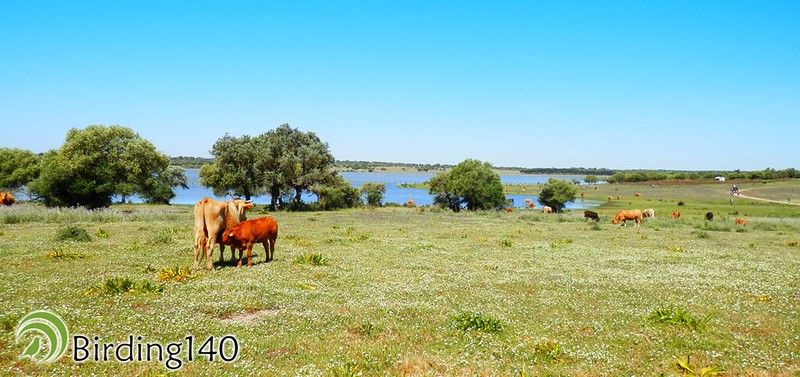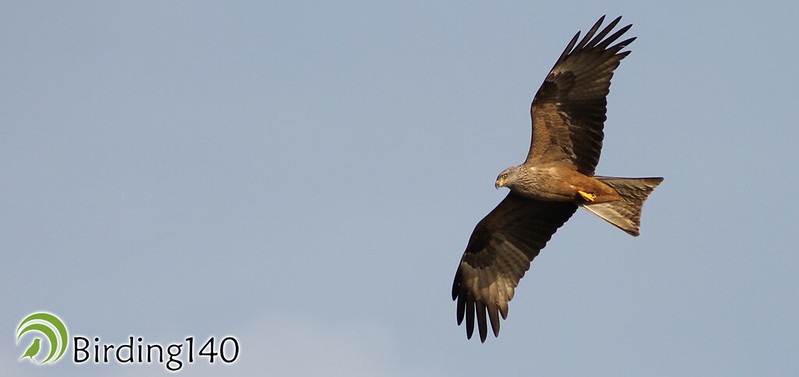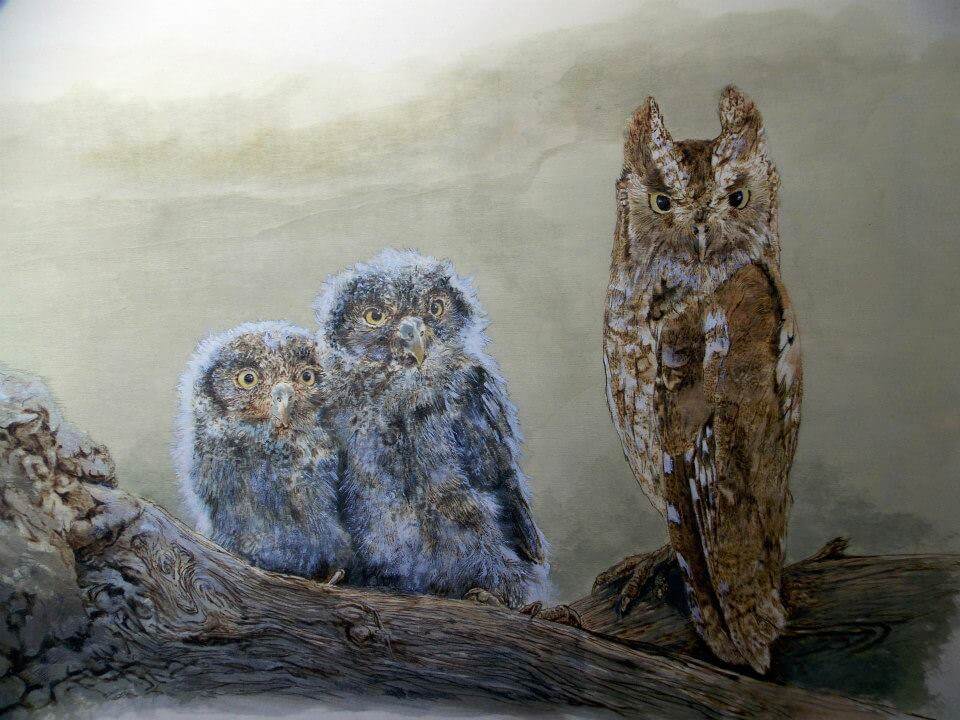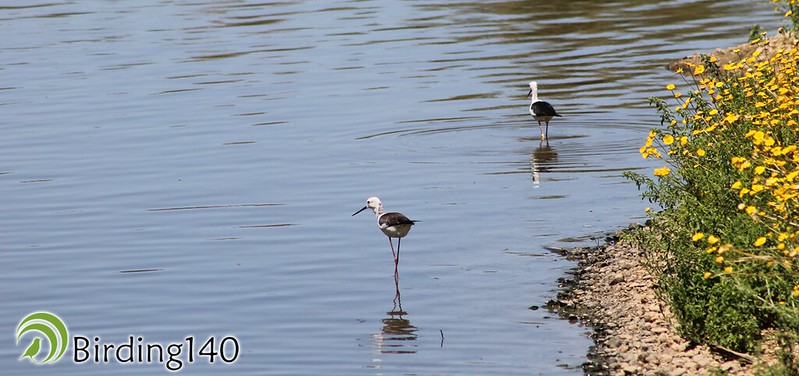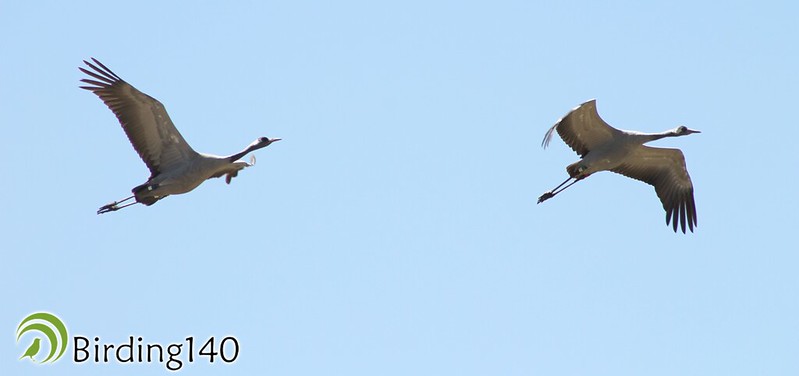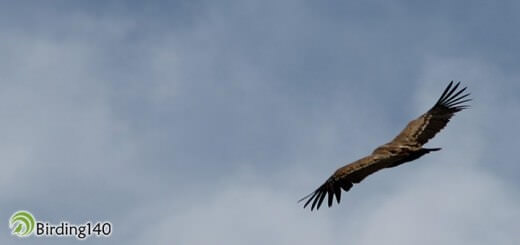The first Doñana International Birdfair took place between May 1 and May 4 in the Dehesa de Abajo Nature Reserve in La Puebla del Río, just 25 minutes from Seville. The Doñana Birdfair was created to commemorate the 60th anniversary of the Spanish Ornithological Society (SEO/BirdLife) and as a tribute to its founder, Mauricio González-Gordon, closely linked to Doñana.
The Doñana Birdfair also has the intention of becoming a referent to birdwatching enthusiasts each spring, just as the Rutland Birdfair is each summer. In fact, the British fair has actively cooperated with the project. We obviously couldn’t endure the temptation, so we eagerly attended the new fair.
When we arrived to the Doñana Birdfair, the first thing that surprised us was the brightness of the place and the diversity of the landscape. The Dehesa de Abajo Nature Reserve is a spectacular place for birdwatching amateurs, where we can distinguish four different landscapes: marshland, holm oak pasture, pine wood and artificial lake. The convergence of different ecosystems makes it possible to observe very different bird species, from flamingos to bee-eaters or from Black Kites to Black-winged Kites. All of them are observable within short distance from the Doñana Birdfair.
During the four days of the fair, bird enthusiasts could enjoy ourselves with the latest in optics thanks to exhibitors like Martín Iglesias and Óptica Roma. From the editorial world we met Lynx, devoted to the promotion of Alive, the digital version of the magnificent Handbook of the Birds of the World, and the Quercus magazine, which is absorbed into its “third phase” and the tenacity of its new managers to reach economic viability through subscription fees and not through advertising, as is the general rule in the world of periodical publications. We also found very interesting initiatives expecting to expose places that had been secret to birding amateurs up till now, such as the Extremaduran Siberia or the interior of the Alicante region. The initiative of the Victoria Laporta Foundation to start developing activities related to ornithological tourism in Sierra de Mariola was really interesting for us too.
As for the talks given during the fair, from the ones we could attend we found particularly interesting the one held by Tim Mackrill on the project “Osprey migration and schools”. Tim showed us the environmental education activities that are celebrated in the 104 schools of the 9 countries involved in the project and the links established between the students and the Ospreys in their 5000 km annual migration from the UK to Sub-Saharan Africa.
Antonio Atienza’s talk was also very interesting. He told us his personal experiences and his curriculum before becoming a nature photographer. His personal view on how we can contribute to conservation from photography was very enriching and realistic.
The Dehesa de Abajo Nature Reserve was the headquarters of the Doñana Birdfair, although some activities were also carried out in the Francisco Bernis Ornithological Centre in El Rocío and in the Cañada de los Pájaros.
The Francisco Bernis Ornithological Centre was the venue for the painting exhibition, the ornithological marathon and several conferences. Among the 28 works in the final phase of the painting competition, the following were awarded: “Aprovechando los descartes” (benefiting from discards), by Antonio Sencianes Ortega, with the Jury Award, and “La mirada protectora” (the protective look), by Francisco López Centella, with the Public Award.
At the Cañada de los Pájaros several workshops and activities for children were carried out during the whole fair. We could visit the centre, which turned out to be really spectacular: in a limited space it concentrates a large number of species, many of them endangered, like the Red-knobbed Coot.
As for the best and the worst of the Doñana Birdfair 2014, we have to say that we really liked the appointed location and the enthusiasm of the volunteers. We also think the Nature Train-Hotel that made the route Barcelona-Zaragoza-Madrid-Seville was a great idea, and we got green with envy when we found out that it made a stop at the Tablas de Daimiel National Park during the return trip. The worst, without a doubt, was the fact that the Francisco Bernis Ornithological Centre was situated over 60 km of road from the fair headquarters, and its talks overlapped with the ones held in Dehesa de Abajo. This made us discard conferences and activities we would have liked to attend.
To sum up, we can say that the new-born Doñana Birdfair has met our expectations. The location is exceptional, the talks were really interesting and the organization was correct. The SEO/BirdLife volunteers, as well as the ones from the UK, deserve special mention. It seems like there is nothing impossible for them: they are capable of organizing a great ornithological fair with very little previous experience and solve anything that comes up. Congratulations to all the participants of the Doñana Birdfair 2014, although the number of visitors has been inferior to what was expected. Those we have attended the fair won’t hesitate to repeat the visit and recommend the Doñana Birdfair 2015 to everybody.
If you have enjoyed this post please share it on your social networks.

